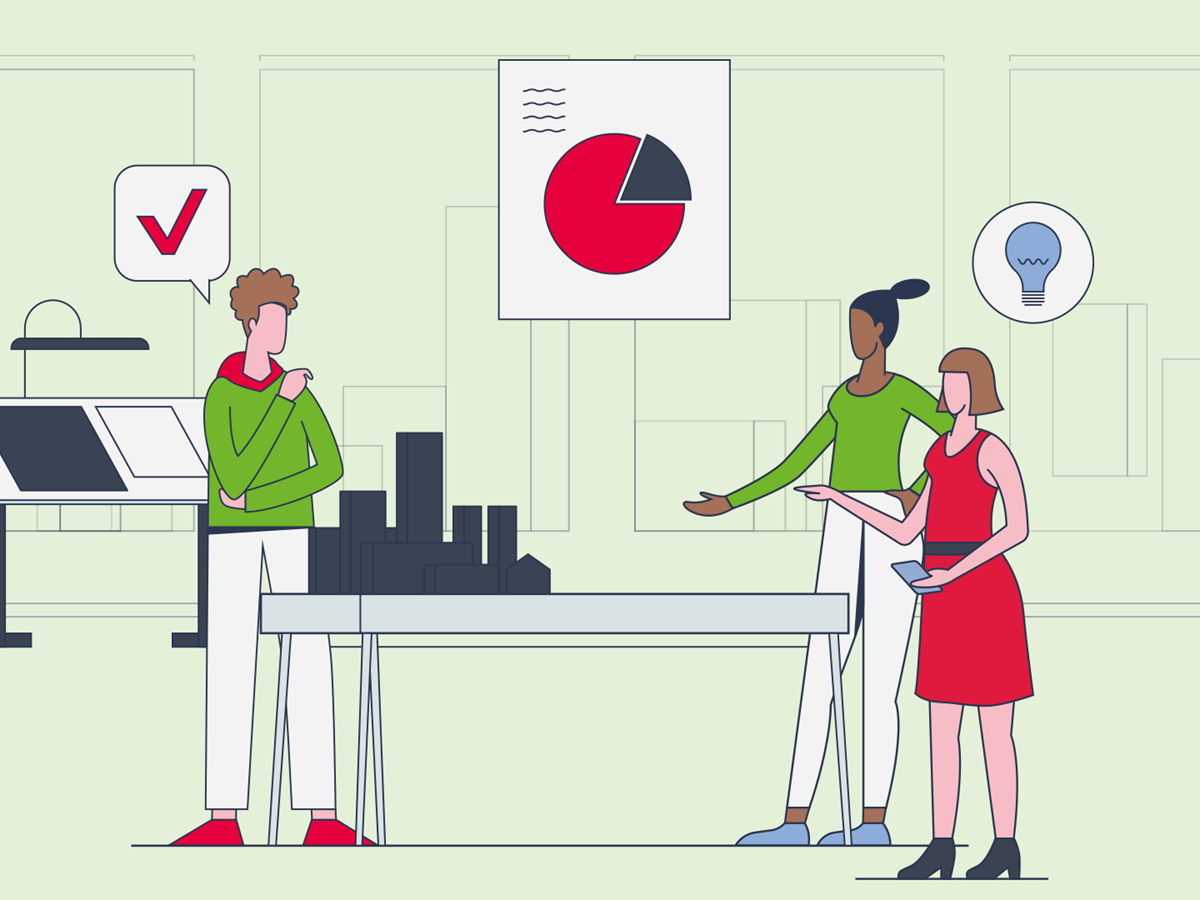What happens when we ask multi-agency partners to come together to do Contextual Safeguarding?
Is it possible for partners to ‘sing from the same hymn sheet’, when they have had different training, are governed by different legislation and have different levels of experience and expertise in addressing community-based problems?
These resources are designed to help partnerships to understand the challenges involved in doing Contextual Safeguarding work within a multi-agency setting. They encourage professionals to reflect and develop new ways of working. From a 1-page infographic to a 1-hour workshop, there is a range of things that you can select to support you on this journey.
We have created these resources after observing and talking to safeguarding professionals involved in partnerships work, in the context of extra-familial harm. We realised that partnerships had been successful in shifting their focusing away from the home environment to looking at community contexts (an important part of Domain 1 in the Contextual Safeguarding framework), but they often struggled to go beyond this. Rather than changing the ‘social conditions’ of a context (which is also part of Domain 1) partnerships tended to work in a way that focused on changing the behaviour of young people themselves and not the context.
As the resources explain, approaches which focus on the behaviour of young people tend to dominate the helping professions. It’s not surprising that they would be seen in the discussions, plans and responses of multi-agency safeguarding work. To understand this better, we have given examples of what behaviour-based work looks like and how they contradict a Contextual Safeguarding approach. We also give examples of what it means to work in an ecological way, that focusses on changing the context.
It's not easy to just start working in an ecological way. It takes time to think through what this means. Often there is pressure on people to come up with answers quickly, and less time to reflect and be critical together of why one response has been chosen over another. These resources are here to help you do that, to reflect with your partners on the underlying values and ideas that your responses are based on and develop a plan for what needs to change.
Resources to improve multi-agency partnerships






